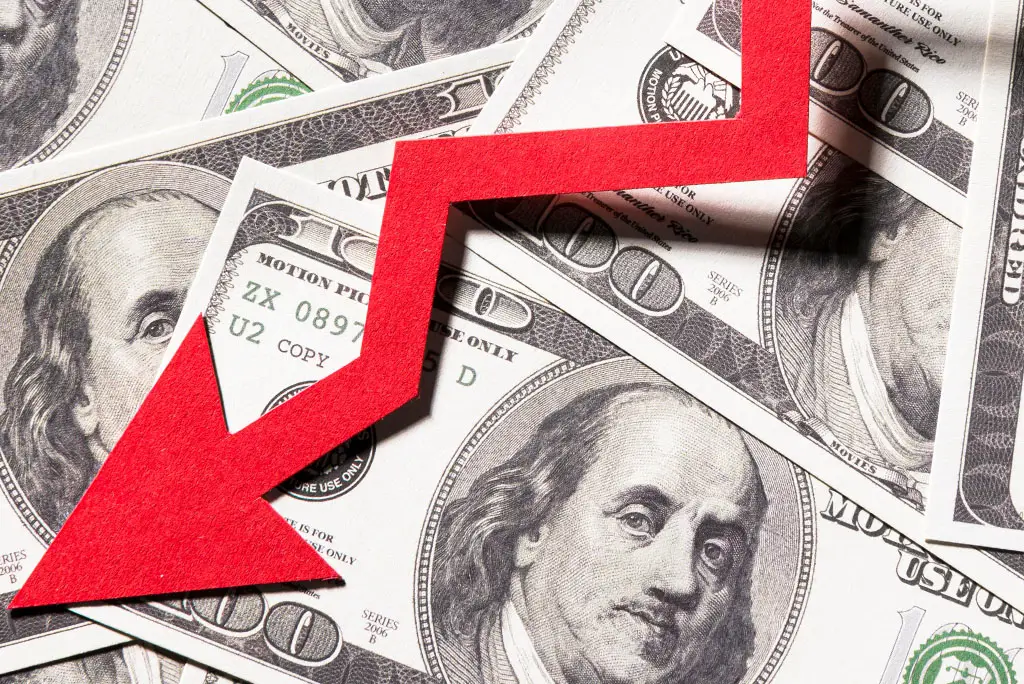A team of investment strategists at Bank of America identified twelve signs that a global recession has already begun. This may be true even if the stock-market investors are yet to notice. The team is led by the Chief Investment Strategist of BofA Global Research, Michael Hartnett.
Drawing from many sources, including U.S. economic data, financial markets, bank lending, and more, these twelve charts show how the demand for heavy industrial goods and critical commodities such as crude oil has started to weaken. And the bond markets are behaving like a global recession has already started.
The key barometer of activity at the U.S. factories reflects the weakest activity level since the beginning of the COVID-19 pandemic.
The ISM or the Institute for Supply Management’s manufacturing index dropped to 46.3 percent last month. It was 47.7 percent the month before. This marks the lowest level since May 2020.
The team said in the note that in the past seventy years, whenever manufacturing ISM has dropped below 45, a recession has occurred on eleven out of twelve occasions. The exception was in 1967.
The new orders component of the Institute for Supply Management’s manufacturing gauge came in at 44.3 last month. This has suggested that corporate earnings may have shrunk again during the quarter ending in March.
According to the BofA team, levels below 45 on the new orders index have coincided with a so-called earnings recession. That is 2 consecutive quarters of negative earnings growth at least 4 times during the last few decades.
A model of BofA for forecasting global profit growth is now showing a sharp contraction during the 1st half of 2023.
An inverted Treasury yield curve has been a reliable indicator that a global recession may arrive during the coming year.
But this curve steepens once the recession begins or is about to begin. This is as the long-term rates move lower at a much faster pace than short-term rates. This shall be a sign that investors are looking forward to locking up their money for the long term in a safe asset.
The previous week, the OPEC+ oil exporters agreed to cut production for the 2nd time since October. Together, the group members agreed to cut an additional 1.16 mn barrels each day of production from May through the end of 2023.
The global benchmark was trading at dollars 83.48 per barrel on Monday. This can be compared to how it finished in March at dollars 79.77.
The U.S.A.’s labor market continued to ignore concerns that the after-pandemic run of great growth is soon ending. The data released on Friday by the Labor Department showed the U.S. economy as having added 238,000 new jobs in March. This was roughly in accordance with the consensus estimate from economists polled by The Wall Street Journal.
The BofA team believes that signs of slow manufacturing activity can portend that a more pronounced weakness may lie ahead.
The BofA team said that the signs of weakness in housing markets from the U.S.A. to Australia have suggested that the higher interest rates will start taking their toll on the world economy.
The banks are now curtailing from lending to smaller U.S.A. companies. This is the trend over the past few quarters. The BofA team expects this trend to intensify following the fall of Silicon Valley Bank.
According to data from the European Central Bank, as cited by the BofA team, lending by the European banks to non-financial firms has contracted for three months straight.
The job openings in the U.S.A. fell to a 21-month low of 9.9 mn in February. This marked a 3rd consecutive month of declines. The BofA team believes it can be a sign of further trouble ahead.

